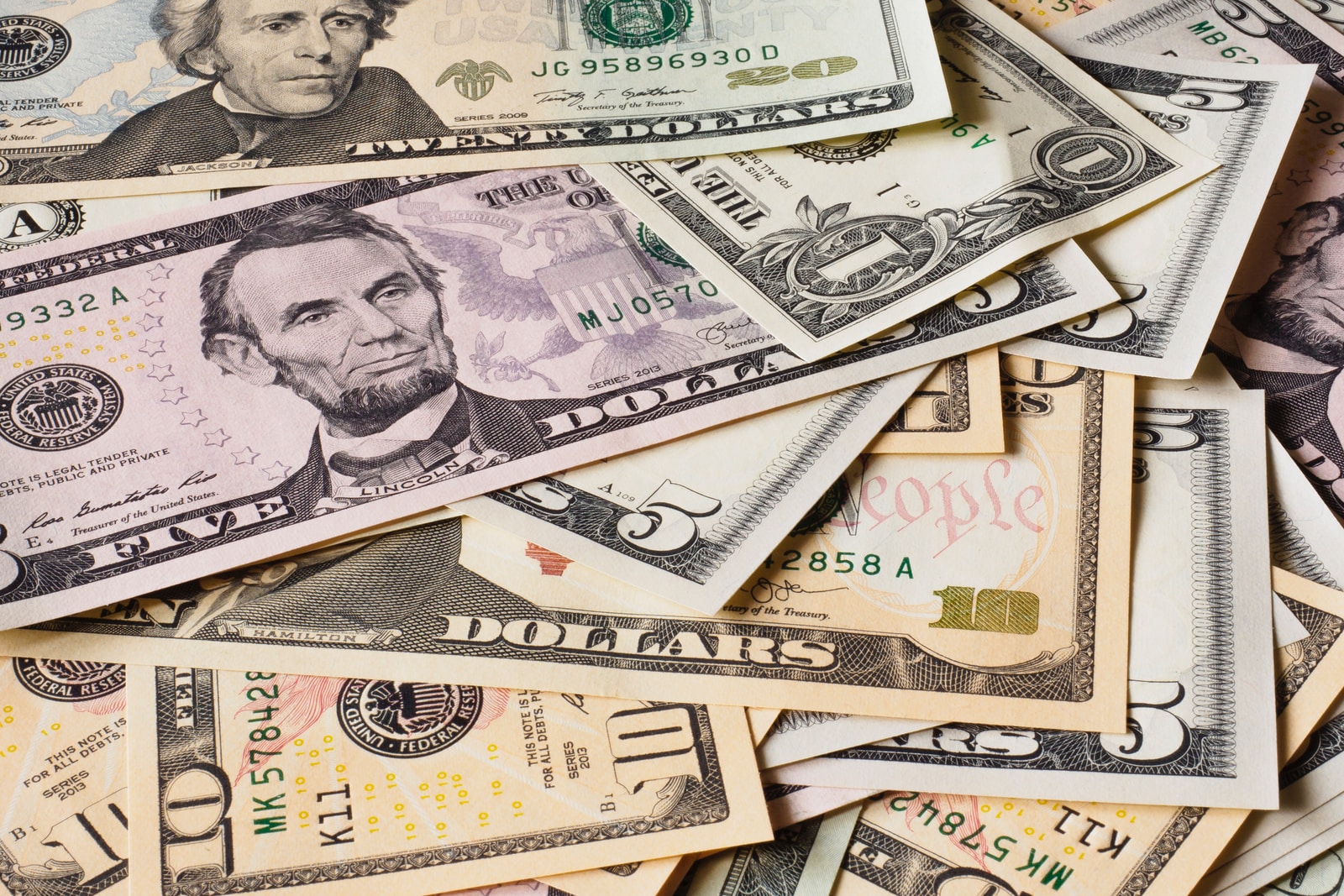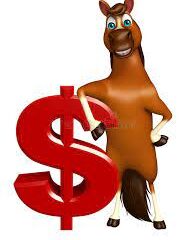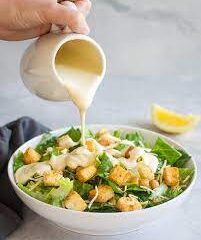Getting the Best Value for Your Feed Dollar

The cost of feed has been rising rapidly since the beginning of 2021. The cost of commodities like corn and soybeans is skyrocketing as are the cost of transportation, energy and labor.
Horses are an expensive proposition to begin with so can we manage these increases without a huge negative impact on our horses? The answer has several moving parts because it’s not so much the cost of the feed as the value of the feed that will answer this question.
Before we take a closer look at the value question I’d like to point out something that may seem a bit callous but here goes.
If you’re feeding Ultium to a horse that is getting proper forage the feed rate should be right around five pounds per day which totals three bags per month. The feed price has risen by $3.00 per bag since January which amounts to $9.00 per month. If you skip two grande mocha lattes you will cover the difference. Just saying.
Of course if you are running a facility with multiple horses the impact will be somewhat different.
The Difference Between Cost and Value
Value is a consideration that is often overlooked by consumers when making buying decisions about feed. I might add that value is often overlooked by the same consumers in every purchase they make because they will automatically be drawn to the lowest price sticker (or sometimes the highest).
Value can be defined as the performance achieved for the dollar spent. Getting more for each dollar spent will go a long way in offsetting a higher cost.
Most Feeds are Close in Actual Cost
The primary difference in the cost of horse feeds are the ingredients. Lower cost feeds use lower cost ingredients resulting in lower performance.
In today’s market a bag of Purina Ultium Competition will cost you around $27.00 while you can purchase a generic store brand 12-10 feed for $18.00. I can tell you from personal experience that the performance of the Ultium is absolutely worth the 50% premium in the price.
Let’s take the example above. Ultium Competition contains 1,900 calories per pound. Most of that is highly digestible so it delivers a high percentage of those calories as energy. The cost of those 1,900 calories is 56 cents ($28 divided by 50 pounds).
That $18.00 per bag feed probably averages around 1,200 calories per pound. This results in a cost per pound of 36 cents. However we need to feed 1.6 times the amount to get the same calories per pound giving us an actual cost for 1,900 calories of almost 58 cents! You’ve read this correctly. The $18.00 feed will actually cost you MORE to use because you’ll be feeding more volume to achieve the same calorie load.
Add to that the calories in Ultium are more digestible, there are more high quality amino acids along with a guaranteed low NSC which adds up to much better performance all around.
We have a saying in the feed industry; “There is nothing more expensive than a bag of cheap feed.”
So there you have it, every horse on the planet should be on Ultium! Obviously not.
While Ultium is certainly a great feed it is designed to support performance horses in heavy work so putting your little hack horse on Ultium will come with problems of another sort. The point here is that if you are feeding a high energy premium feed and it’s working for you making a change doesn’t make sense on any level.
The Question is “Do I need the bells and whistles?”
It is time to take a hard look at the workload, age and condition of your horse if you are feeling the pinch of feed prices.
Many economy horse feeds will keep your horse alive and healthy for a budget price. You will probably sacrifice topline, shiny coat and endurance for exercise but if you aren’t competing and only poking around the arena or hacking out for a slow walk trot trail ride twice a week do you need your horse to look ready for a Rolex event?
Before everyone gets hysterical I am not advocating for replacing a high performance feed with corn based swill. Saving money on feed only to hand it to the vet is not a good value but there are some very good compromises out there.
Some feed companies offer a “value” line. These feeds are generally based on the high performance feeds but are missing some of the high tech supplements present in their more costly siblings.
Purina has their Impact brand and Nutrena offers Triumph. These lines offer some great compromise feeds that balance price and performance.
Two of my personal favorite feeds come from these lines.
Triumph Fiber Plus is a guaranteed starch high fat beet pulp based feed that performs well. Your horse will be shiny and round although the topline may get a little weak but you will enjoy a very happy and healthy horse. This is the only feed my 25 year old OTTB mare will eat but I’m very pleased with her condition.
Impact Professional Senior is a great complete feed for horses that need something easy on the gut for rehab or a senior horse with poor teeth. It’s a similar formulation to Purina Equine Senior and offers similar performance. Since you’ll be feeding large quantities of this feed, saving a few bucks a bag is a plus. I have a customer with a 37 year old mare that is a charity case who is positively thriving on this feed.
Scale Matters
The number of horses you feed is probably the biggest factor in making your feed decisions. Feeding four horses is a much different challenge than feeding forty in a lesson and boarding barn.
I keep four horses, three are very easy keepers and so get balancer while my thoroughbred needs some extra calories to hold weight. Unfortunately my TB hasn’t the palette to appreciate a quality feed but prefers the taste of a value brand. In her case I feed the value brand plus balancer which brings me up to the cost per feeding of ProForce but she won’t touch it.
A great strategy for a larger owner or commercial facility is to use a quality value feed as a base feed and then have the owners provide their own supplements as required by age, condition and workload. If the facility has some lesson or performance horses it may be necessary to supplement them as well.
I’ve had more than one commercial barn manager tell me “They all think they’re being bad horse moms if they aren’t dumping a hundred bucks a month on supplements so why bother with expensive feed?” As much as this philosophy is like chewing rocks to me there is more than a little truth to the statement.
Speaking of Supplements…
Everyday I walk into feed rooms cluttered with jugs and totes of supplements. These supplements are expensive and many if not most of them are ineffective.
The real savings for your feed dollar may come in reevaluating your supplements. There isn’t a shred of doubt in my mind that with an infinitesimally few exceptions a horse being fed a high quality feed will require NO ADDITIONAL NUTRITIONAL SUPPLEMENTS.
A 1,000 pound horse being fed four pounds of ProForce Fuel will not require supplements for hoof, coat, mane, tail or unicornness. No “yabbuts” about it.
Without exception and running away with a bullet the place I recover the most budget from for my clients is by eliminating supplements from the horse’s diet.
Hold me accountable for this. If your horse is being fed the appropriate quality feed and forage in the proper amount to meet workload and environment nutritional supplements will not be required.
I am not including supplements for collateral treatments like joint supplements, magnesium, etc.
Hey! Hay!
I need to point out that the best source of calories for horses is typically hay. Since horses were designed to process forage virtually all of the fiber and calories in grass and hay are digestible making hay a great and often overlooked energy source.
Depending on what part of the world you live in, hay can be the most cost effective calorie source for you.
Even though hay is an incredible pain in the ass here in the Northeastern United States we are more blessed than much of the country with plentiful, high quality grass hays.
Grass hay averages around 900 highly digestible calories per pound. If a 40 pound bale costs as much as $10 the cost per calorie is lower than feed and better for the horse.. A $10 40 pound bale is 25 cents per 900 calories. It requires 2.13 pounds to equal the calorie requirement of ultium making that cost 53.25 cents.
In other parts of the world hay prices are substantially higher but forage replacements like hay pellets and cubes can be cost effective solutions.
The Bottom Line
I truly wish I had a magic wand to crack the code of the best way to save money on feeding your horse but the truth is that there really isn’t any.
The math doesn’t lie. Switching to a lower cost feed will typically result in higher feed rates and overall cost.
The best advice I can offer is to reevaluate your current performance objectives because you may not need the high performance of your current feed. On the other hand if you are spending $80 a month on supplements it may be time to look at upgrading your feed or at least reviewing the program for a possible change.



2 Comments
The distefano · June 28, 2021 at 5:30 am
Jim,
After reading this article I am interested in getting a consultation with you for my boarding and lesson farm. We recently had a significant price increase to our feeding program, as both hay and every brand of grain I purchase went up this year, it has added about a 200$ a week to my feed bill, all for the same products that I have been feeding. I tried at the time to figure put what grains I could use to feed this mixed herd and get the most bang for my buck, but after talking to feed store reps, and grain company nutritionists, I am lost and overwhelmed. I did make a few changes, but think I can do better. Are you available consult, and how much would this service be?
Jim Fiorini · June 28, 2021 at 5:37 am
I’d be happy to help.
Where are you located?